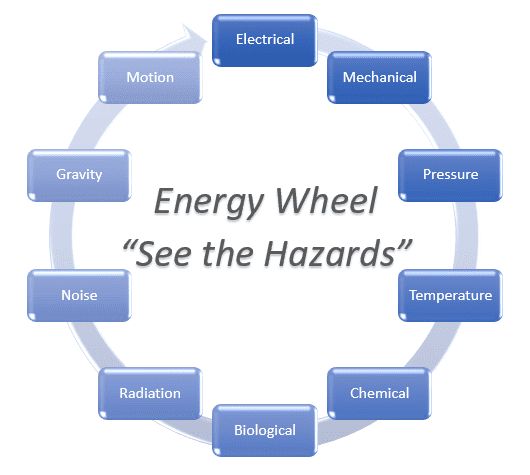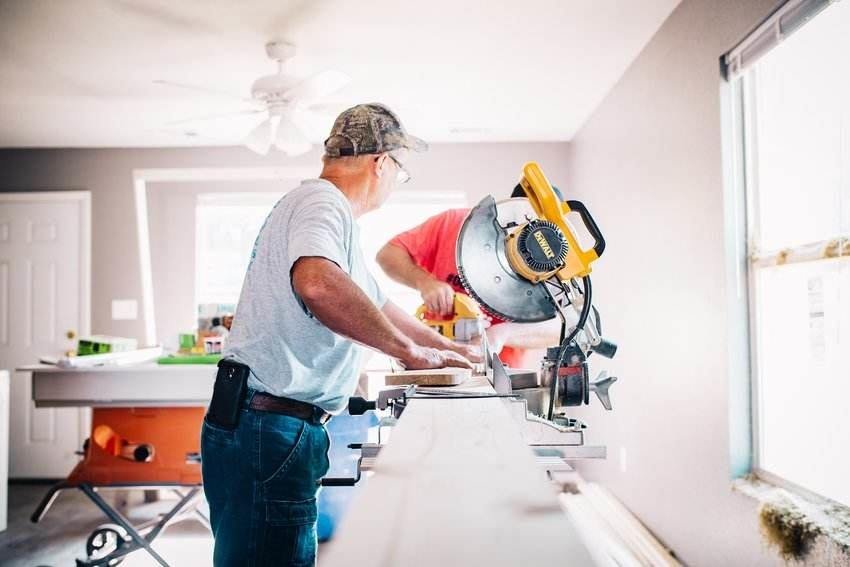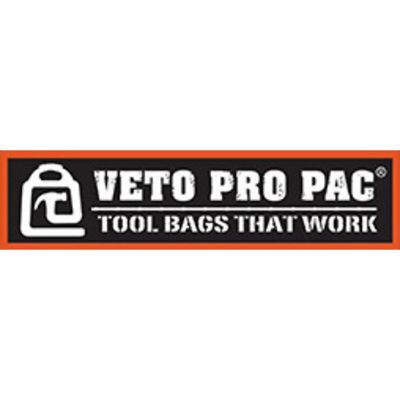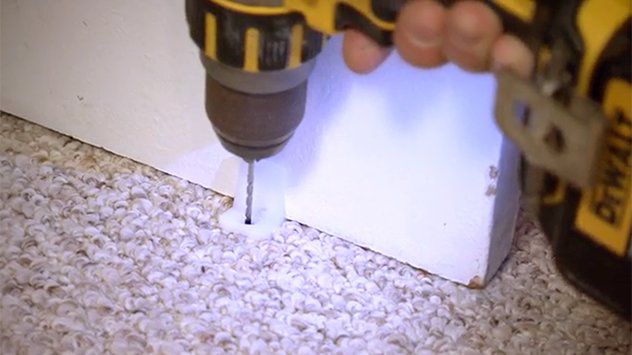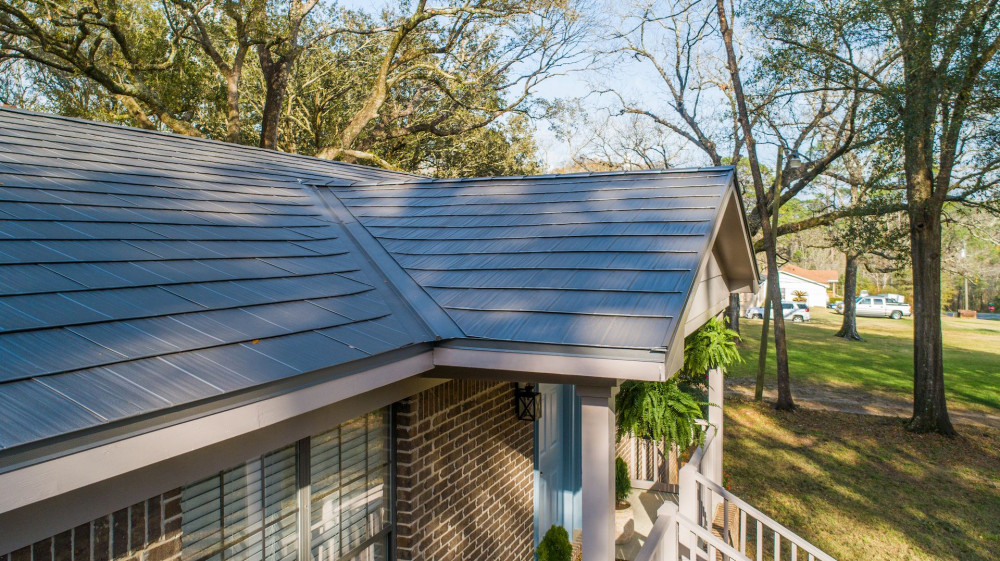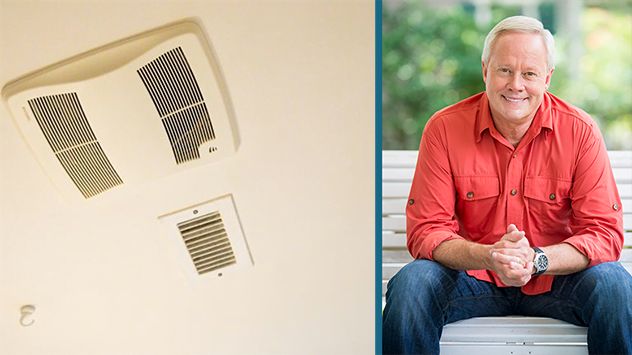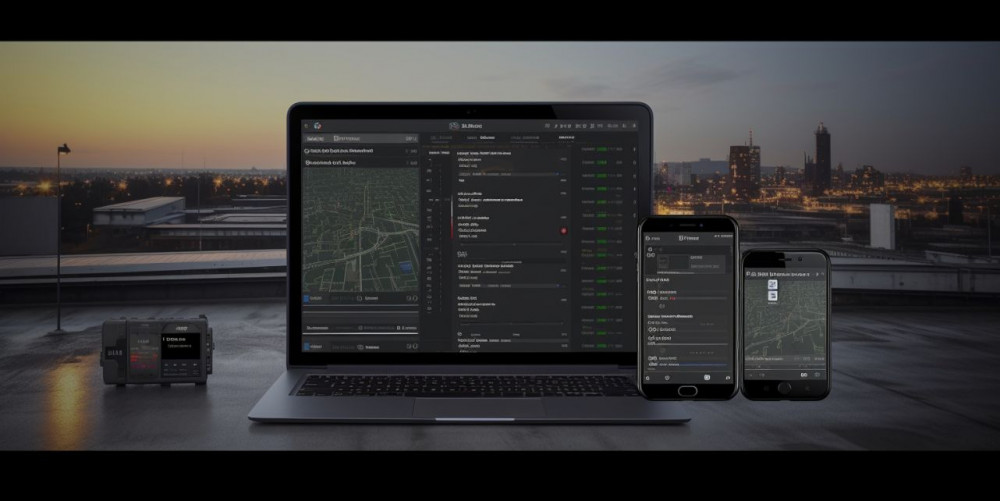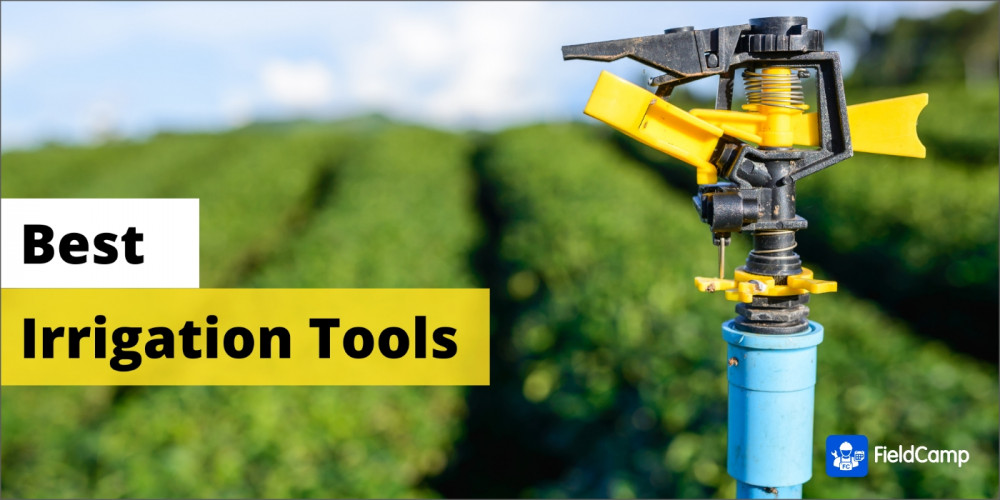A scroll compressor (also called spiral compressor, scroll pump and scroll vacuum pump) is a device for compressing air or refrigerant. It is used in air conditioning equipment, as an automobile supercharger (where it is known as a scroll-type supercharger) and as a vacuum pump.
Léon Creux first patented a scroll compressor in 1905 in France and the US (Patent number 801182). Creux originally invented the compressor as a rotary steam engine concept, but the metal casting technology of the period was not sufficiently advanced to construct a working prototype, since a scroll compressor demands very small tolerances to function effectively. The first practicable scroll compressors therefore did not appear on the market until after World War II when the development of higher precision machine tools permitted their construction and were not commercially produced for air conditioning until the early 1980s.
These devices are known for operating more smoothly, quietly, and reliably than conventional compressors in some applications. Unlike pistons, the orbiting scroll’s mass can be perfectly counterbalanced, with simple masses, to minimize vibration. However, Oldham coupling mass that ensures proper position of the orbiting scroll cannot be balanced. The scroll’s gas processes are more continuous. Additionally, a lack of dead space gives an increased volumetric efficiency.
The compression process occurs over approximately 2 to 2½ rotations of the crankshaft, compared to one rotation for rotary compressors, and one-half rotation for reciprocating compressors. The scroll discharge and suction processes occur for a full rotation, compared to less than a half-rotation for the reciprocating suction process, and less than a quarter-rotation for the reciprocating discharge process. The more steady flow yields lower gas pulsations, lower sound, lower vibration, and more efficient flow.
Scroll compressors never have a suction valve, but depending on the application may or may not have a discharge valve. The use of a dynamic discharge valve is more prominent in high pressure ratio applications, typical of refrigeration. Typically, an air-conditioning scroll does not have dynamic valves. The use of a dynamic discharge valve improves scroll compressor efficiency over a wide range of operating conditions, when the operating pressure ratio is well above the built-in pressure ratio of the compressors. However, if the compressor is designed to operate near a single operating point, then the scroll compressor can actually gain efficiency around this point if there is no dynamic discharge valve present (since there are small additional discharge flow losses associated with the presence of the discharge valve).
The scroll compression process is nearly one hundred percent volumetrically efficient in pumping the trapped fluid. The suction process creates its own volume, separate from the compression and discharge processes further inside. By comparison, reciprocating compressors leave a small amount of compressed gas in the cylinder, because it is not practical for the piston to touch the head or valve plate. That remnant gas from the last cycle then occupies space intended for suction gas. The reduction in capacity (i.e. volumetric efficiency) depends on the suction and discharge pressures with greater reductions occurring at higher ratios of discharge to suction pressures. However, at low flow rates (such as cold outdoor temperatures) the scroll set can be damaged to the point where a significant loss of efficiency is experienced.
Scroll compressors have fewer "moving parts" than reciprocating compressors which, theoretically, should improve reliability. However, no "moving part" count is available for comparison, and there is no published data to support this assertion.
Conventional scroll compressor designs have smaller available free volume (to accommodate refrigerant flooding) compared to reciprocating compressors and have a greater tendency to ingest liquid refrigerant in flooding conditions. Liquid flooding is known to occur in residential split systems that are often installed by service technicians not familiar with (or not concerned with) the proper method for charging a split system. Thus, residential split systems are often overcharged, which can lead to refrigerant flooding. Reciprocating compressors are more robust to such errors. Furthermore, since refrigerant lines in split residential systems must be assembled on site under less than ideal conditions, a substantial amount of debris is often introduced into the compressor. The larger free volume in reciprocating compressors allows for more tolerance of debris than scroll compressors. Scrolls require a greater mass flow at low temperatures in order to lubricate the scroll set which are relatively delicate and vulnerable compared to the pistons in reciprocating compressors. However, scrolls do not have suction valves, which is one of the most vulnerable parts of the reciprocating compressor to liquid flooding. As a result, the reliability of scroll compressors in residential cooling and heating applications has been proven to be very competitive.
Scroll compressors are primarily used in residential heating and cooling systems to meet government-mandated efficiency standards particularly for sizes 1.5 tons and above and to satisfy customer noise requirements.
In general, an accurate reliability comparison is not really available to those not in the HVAC business. While manufacturers typically do not publish their reliability data, holding it as proprietary and confidential, end users can analyze failure and warranty data in order to assess reliability for their applications. What information does get published is usually limited in scope and typically supports one product or the other as part of a marketing campaign.
The strength of reciprocating machines in terms of liquid handling is in the large free volume of the shell enclosure, which is mainly a result of the spring suspension required by reciprocating compressors to limit vibration and noise. The weakness of reciprocating machines is in the valve system and suspension systems. Design measures which normally increase the robustness of the suction valves (thicker reeds, lower valve lift) unfortunately also reduce the efficiency of the compressor so the ultimate design is a balancing act between efficiency and reliability.
Scroll compressors tend to be very compact and smooth running and so do not require spring suspension. This allows them to have very small shell enclosures which reduces overall cost but also results in smaller free volume. This is a weakness in terms of liquid handling. Their corresponding strength is in the lack of suction valves which moves the most probable point of failure to the drive system which may be made somewhat stronger. Thus the scroll mechanism is itself more tolerant of liquid ingestion but at the same time is more prone to experience it in operation. Comprehensive, objective reliability comparisons are, as a rule, not available from any manufacturer. Small size of a scroll compressor and quiet operation allows for the unit to be built into high power density computers, like IBM mainframes and simplifies the piping design for example, reliability. The driving force behind this may be traced to the high investment (in both R&D and capital tooling) needed to enter scroll compressor production and the relative difficulty of adapting existing production equipment from reciprocating to scroll compressors. Manufacturers which were heavily invested in reciprocating compressor production have extracted maximum value from their investment by reinvesting in reciprocating technology improvements. Prior to the introduction of scroll compressors, progress in reciprocating technology was relatively stagnant compared to more recent activity. However, it is worth noting that since the introduction of the scroll compressor, the majority of investment in new production capacity has been for the scroll type and most investment in reciprocating types has been of a sustaining nature, that is in support of existing production capacity. Very few manufacturers have built new reciprocating compressor factories while many have built scroll factories.
In 2006 a major manufacturer of food service equipment, Stoetling, chose to change the design of one of their soft serve ice cream machines from reciprocating to scroll compressor. They found through testing that the scroll compressor design delivered better reliability and energy efficiency in operation.
Another method for producing the compression motion is co-rotating the scrolls, in synchronous motion, but with offset centers of rotation. The relative motion is the same as if one were orbiting.
Until recently, scroll compressors operated at full capacity when powered. Modulation of the capacity was accomplished outside the scroll set. In order to achieve part-loads, engineers would bypass refrigerant (called hot-gas bypass), vary motor speed, or provide multiple compressors and stage them on and off in sequence. Each of these methods has drawbacks:
- Hot gas bypass short-cycles the normal refrigeration cycle and allows some of the compressed gas to return directly to the compressor without doing any useful work. This practice reduces overall system efficiency.
